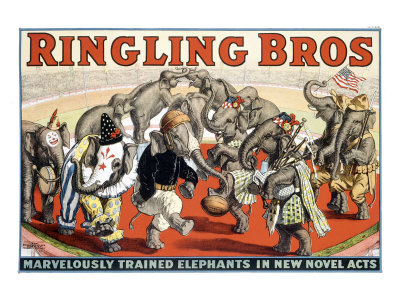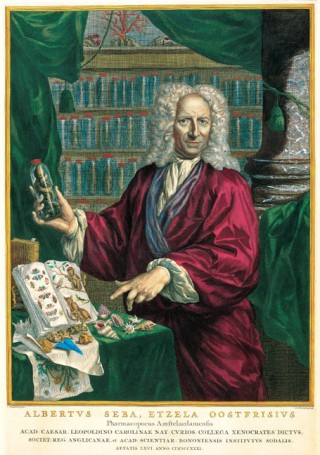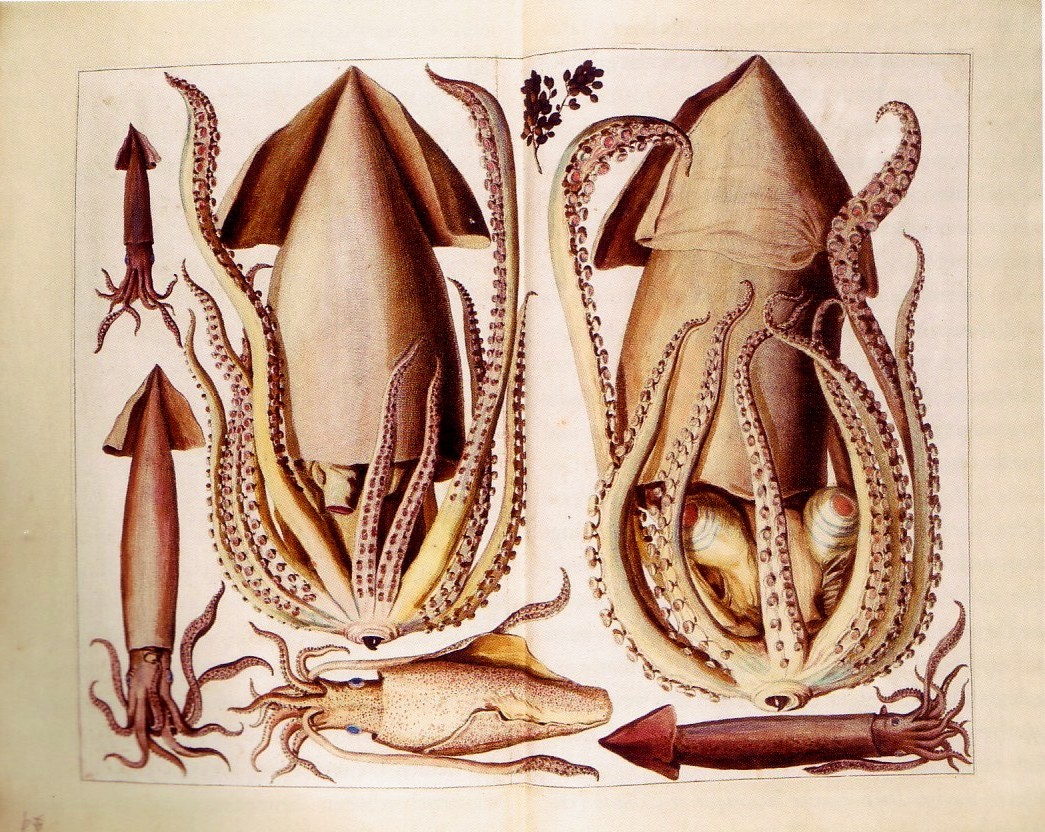 A lovely friend of mine wrote a wonderful essay on sideshow history, the thesis being that the main driving force behind the incredible popularity of freaks shows in the 19th and early 20th centuries was the longing that people had and still have to feel that they are"normal" and "adequate" members of society.
A lovely friend of mine wrote a wonderful essay on sideshow history, the thesis being that the main driving force behind the incredible popularity of freaks shows in the 19th and early 20th centuries was the longing that people had and still have to feel that they are"normal" and "adequate" members of society.
According to this essay, what was really being sold to audienes at freak shows during this time was a sense of normalcy. In the case of Julia Pastrana, this rings very true. She was billed in her time as "The Ugliest Woman in the World."
She was an indigenous Mexian woman born in 1832, discovered and purchased from her family by a showman named Lent. She had hypertrichosis terminalis resulting in thick black hair growing on most of her face and much of her body. She had two separate rows of teeth in both the upper and lower jaws.
Many rumors were circulated about Julia, including the notion that she was not even human. Audiences could view her, with a renewed feeling of acceptence and adequacy, as well as a renewed distate and intolerance for those who were different.
Francis T. Buckland described her after a meeting in London in 1857, "Her eyes were deep black, and somewhat prominent, their lids had long thick eyelashes; her features were simply hideous on account of the profusion of hair growing on her forehead and her black beard; but her figure was exceedingly good and graceful, her tiny foot and well-turned ankle, perfection itself. She had a sweet voice, great taste in music and dancing, and could speak three languages. She was very charitable, and gave largely to local instituations from her earnings."
 As part of her act she was taught to do some Spanish dances and would sing songs in a shy and gentle voice. Those who knew Julia speak of her sweet and calm nature, and her great generosity. She became very fond of Lent, placing great trust in him.
As part of her act she was taught to do some Spanish dances and would sing songs in a shy and gentle voice. Those who knew Julia speak of her sweet and calm nature, and her great generosity. She became very fond of Lent, placing great trust in him.
Julia traveled althroughout the Americas, England and Europe with Lent, making him a very rich a man over the years. Julia would wear a bright red dress, quite revealing for the time, to show off more of her skin (most of which was covered in hair). She would hold a small and delicate flower in her hand, to better emphasize the contrast with her features.
One day Lent asked Julia to marry him. There were rumors at the time that Julia had built up a considerable amount of savings in a trust fund, and that Lent was afraid she may one day ask for her money and part ways.
Others say that there were offers from other showmen wanting to take over managment of Julia's act. Whatever the case may be, Julia accepted, reportedly saying "He loves me for my own sake" on the morning of her marriage.
After a time Julia became pregnant, and gave birth to a son in Moscow. The little boy had Julia's same features, he was covered with hair and deformed. In thirty-six hours he was dead. Juila died a few days later from childbirth complications, it was said she died from a broken heart. The year was 1860.
As tragic as this story is, unfortunately Julia Pastrana's sad tale of exploitation does not end there and she would not find peace for many more years, and nor would her child even in death. Lent, having suffered a serious loss, whether emotional or purely financial, he came up with a way to continue the steady stream of profits.
He sought out Professor Sokoloff in Moscow, an expert in mummification and emblaming, and had Julia's corpse preserved for a continued tour billed as "The Emblamed Female Nondescript." Julia, dressed in a gaudy red gown, drew just as many crowds as before, possbily even more, as her dead child was exhibited with her, on little pedastol, dressed in a red velvet suit. The cost of viewing was just a shilling.
In 1862 Buckland accepted an invitation to view the exhibit in London, he wrote of his experiences viewing Julia, "The figure was dressed in the ordinary exhibition used in life. The limbs, the arms and chest retaining their former roundness. The face was marvellous; exactly like a good wax portrait, but it was not formed of wax, it was almost difficult to imagine that the mummy was really a human being, and not an artifical model."
Another writer, Hermann Waldemar Otto, a German authority on circus and sideshow personalities saw the mummy in Vienna. "It was with peculiar feelings that I stepped up to the glass 'coffin' in which the restless corpse was displayed," wrote Otto. "Strange thoughts went through my mind as I looked at the mummy. She stood there with the ghastly grin of the dead on her face. Next to her was her baby in an equally tawdry garment, on a bar, like a parrot. Outside the rain was streaming down, the wind whined and raged around the tent. I felt a deep, deep compassion for the dead woman, she however, could no longer hear nor see; she felt neither joy nor sorrow, neither lack of love nor my compassion. And I recalled that once she had said with a clear laugh, "He loves me for my own sake..."
 Sadly Julia and her child would not come to rest for more than a century later. According to the Swedish press, the mummies were purchased by the owner of a Norwegian carnival. In 1972 they were brought to the United States and shown by Gooding's Million Dollar Midways. The tour was cut short in America due to public outcry and when Hans attempted to return to Norway – he was denied exhibition rights.
Sadly Julia and her child would not come to rest for more than a century later. According to the Swedish press, the mummies were purchased by the owner of a Norwegian carnival. In 1972 they were brought to the United States and shown by Gooding's Million Dollar Midways. The tour was cut short in America due to public outcry and when Hans attempted to return to Norway – he was denied exhibition rights.
Undeterred, Hans rented the mummies to a Swedish traveling show until good taste arrived and the exhibition was banned there as well. Defeated, Hans placed the mummies in storage in 1973.
In August of 1976, the storage facility was broken into and the mummies vandalized. The child was badly damaged as its jaw and arm were torn off. His remains were thrown in a ditch outside and before it could be located – it was almost entirely eaten by mice – only scraps remained. Julia now stood alone.
 In 1979, the storage facility was again broken into and this time Julia's remains were stolen, they were presumed to be lost for good.
In 1979, the storage facility was again broken into and this time Julia's remains were stolen, they were presumed to be lost for good. Then, in February of 1990, a Norwegian journalist discovered the mummy in the basement of the Institute of Forensic Medicine in Oslo. In 1979 there was a call to police from some children who had discovered a severed arm lying in a ditch.
A search of the area revealed the mummified body of Julia, badly mangled. Unsure of what to do or even what it was, the police brought the mummy to the institute where it remained in limbo.
Apparently it is still there – tucked away in some corner covered with a dusty blanket.
As for Lent, he eventually found another bearded woman with similar features, named Marie Bartels. He asked Herr Bartels for her hand in marriage, swearing that he had no intention of exhibiting her.
After the wedding Lent forbade Marie from shaving ever again and promptly took her on tour, naming her Zenora Pastrana, trying to pass her off as Julia's sister.
The couple became very wealthy and opened a waxworks in St Petersburg, Russia. Eventually Lent lost his mind, and was commited to a mental instituaiton where he died of brain disease in 1884, leaving a considerably wealthy widow, who lived out the rest of her days in comfort, marrying a man 20 years her junior and dying peacefully of old age.
Information adapted from the book Very Special People by Frederick Drimmer
and from The Human Marvels
Image Sources 1 2 3 4
 I am going to be attempting her look from the X-men movie, where she is portrayed by Rebbecca Romijin. In 2009, Mystique was ranked as IGN's 18th Greatest Comic Book Villain of All Time.
I am going to be attempting her look from the X-men movie, where she is portrayed by Rebbecca Romijin. In 2009, Mystique was ranked as IGN's 18th Greatest Comic Book Villain of All Time.

















































